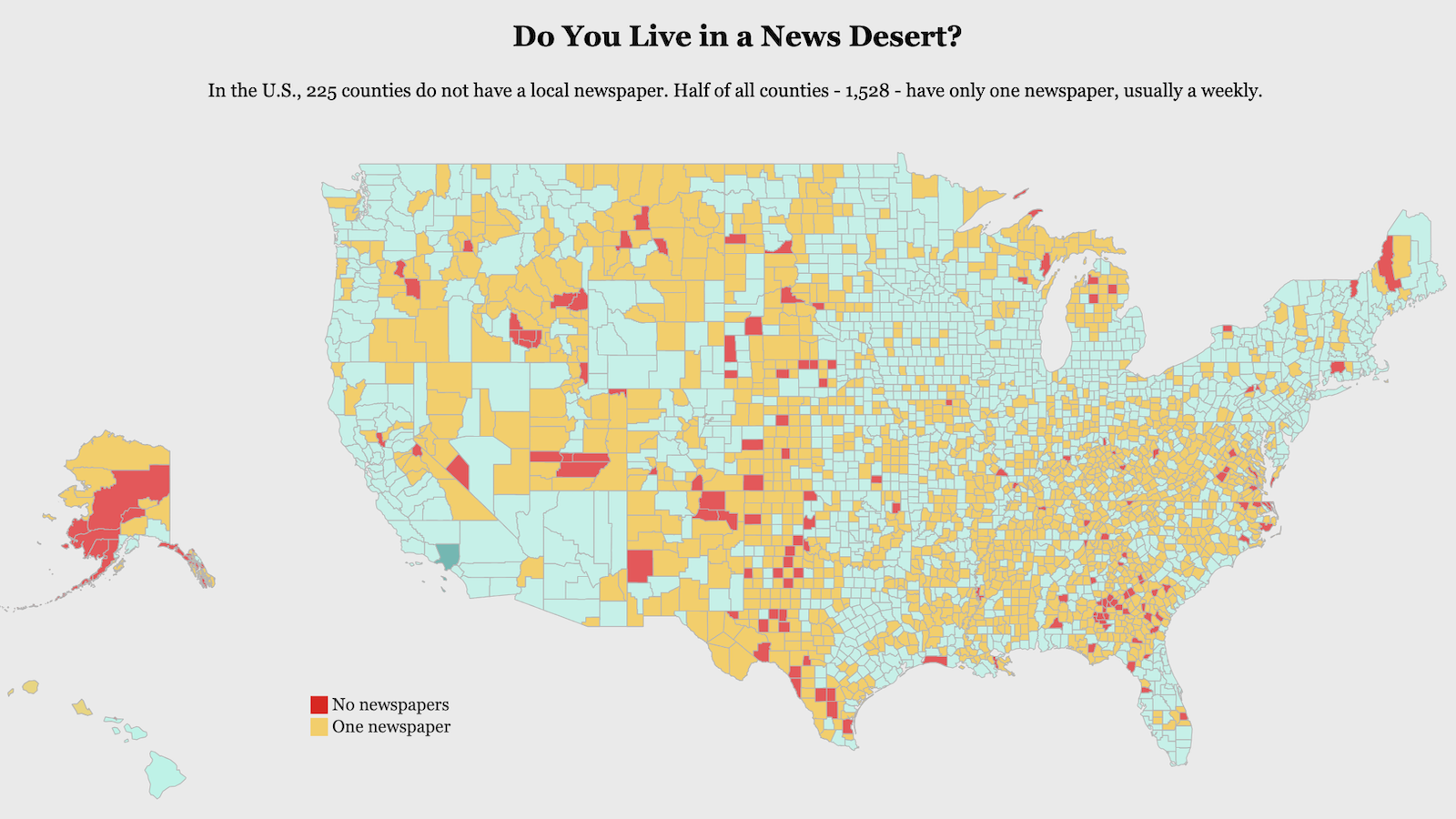James Goldgeier explains that a drawdown in Iraq will likely mean a buildup in Afghanistan.
Question: What would a troop drawdown in Iraq look like?
James Goldgeier: Yeah, well, one of the things that we've seen, I mean, one of the reasons that George W. Bush is leaving-- going to leave 140,000 troops in Iraq, is because he knows there'll be tremendous pressure, especially if it's a Democrat, on a drawdown. And, you know, even if you drew down 40,000, you know, in that first year, you'd still have 100,000 left. And so I think that, you know, it is going to take time to do this. But Obama, early on, should be able to bring the troop levels down in the tens of thousands. Again, he'd still have 100,000 troops there. There are people advising Obama who are trying to look at sort of a long-term-- you know, trying to get down to 60,000 for example. You know, a lot is going to depend on the political developments within Iraq but there's room there-- and really, I mean, especially given how the war in Afghanistan is going and arguments about Afghanistan from the military commanders that that's an under-resourced war. I mean, sadly for the troops, I mean, you know, we need more troops in Afghanistan. So some of the drawdown will mean, and Obama's talked about this, sort of moving from Iraq to Afghanistan. You know, ideally for these troops and their families, you know, these folks are going to get to come home after their service. But, you know, we do have these two big conflicts going on.
Recorded on:07/08/2008





